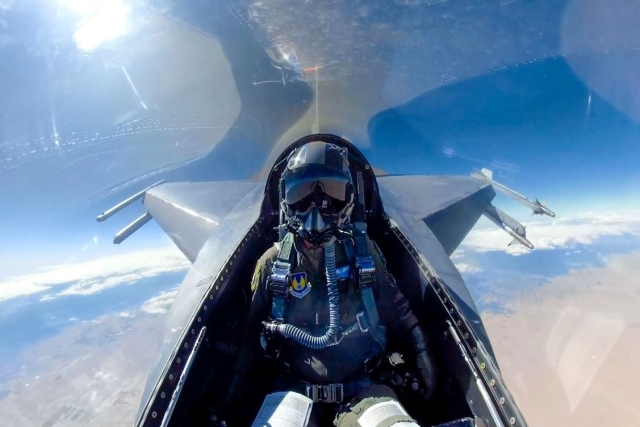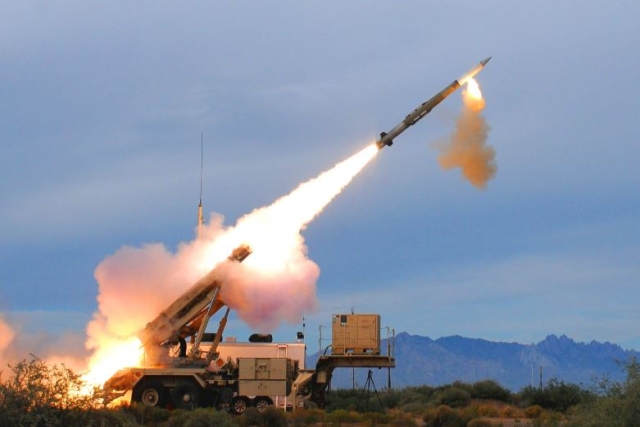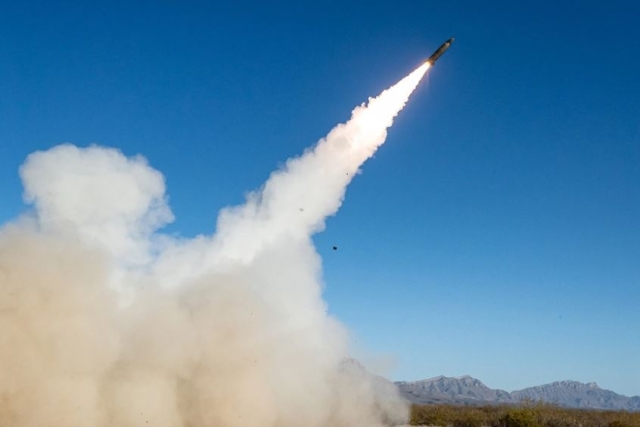U.S.Military Pilots at 24% Higher Cancer Risk than General Population

If you are a U.S. military pilot, then you could have a 24% higher rate of getting sick from cancer than the general population.
A year-long Pentagon study of almost 900,000 service members who worked between 1992 and 2017 found that compared to the general population, incidence of cancer of all sites was higher in aircrew (by 24%) and slightly higher in ground crew (by 3%).
This Pentagon study is one of the largest and most comprehensive to date. The data compared the servicemen with the general U.S. population after adjusting for age, sex and race. It had long been sought by retired military aviators who have raised alarms for years about the number of colleagues they knew who had cancer. The study was required by Congress in the 2021 defense bill.
Aircrew had an 87% higher rate of melanoma, 39% higher rate of thyroid cancer, 16% higher rate of prostate cancer, and a 24% higher rate of cancer for all sites.
Ground crews, who fuel, maintain and launch aircraft, had higher incidence of cancers of brain and nervous system (by 19%), thyroid (by 15%), melanoma (by 9%), kidney and renal pelvis (by 9%), and of all sites (by 3%). However, aircrew and ground crew both had lower or similar cancer mortality rates for all cancer types when compared to the U.S. population.
Although the incidence of cancer in this focus group was higher, the Pentagon said it “does not imply that military service in aircrew or ground crew occupations causes cancer.”
There are multiple risk factors associated with cancer that could not be addressed in the study. Due to the features of cancer registry and medical claims data, data are not available on family history of cancer, smoking, alcohol use, physical activity, overweight/obesity status, recreational environmental exposures, diet, and other lifestyle factors, which may confound the comparison of cancer incidence and mortality between the military study population and the U.S. population. Since military members tend to be healthier than the general population by nature of being in military service, this may obscure any increased risk of cancer or cancer mortality due to occupational exposures.
Both ground and air crews had far lower rates of lung cancer; and air crews also had lower rates of bladder and colon cancers.
Because higher rates of cancer were found in servicemen, the Pentagon could conduct an even bigger review to try to understand why the crews are getting sick. It could look closely at some of the environmental factors they are exposed to, such as jet fuels and solvents used to clean and maintain jet parts, sensors and their power sources in aircraft nose cones, and the massive radar systems on the decks of the ships they land on.












